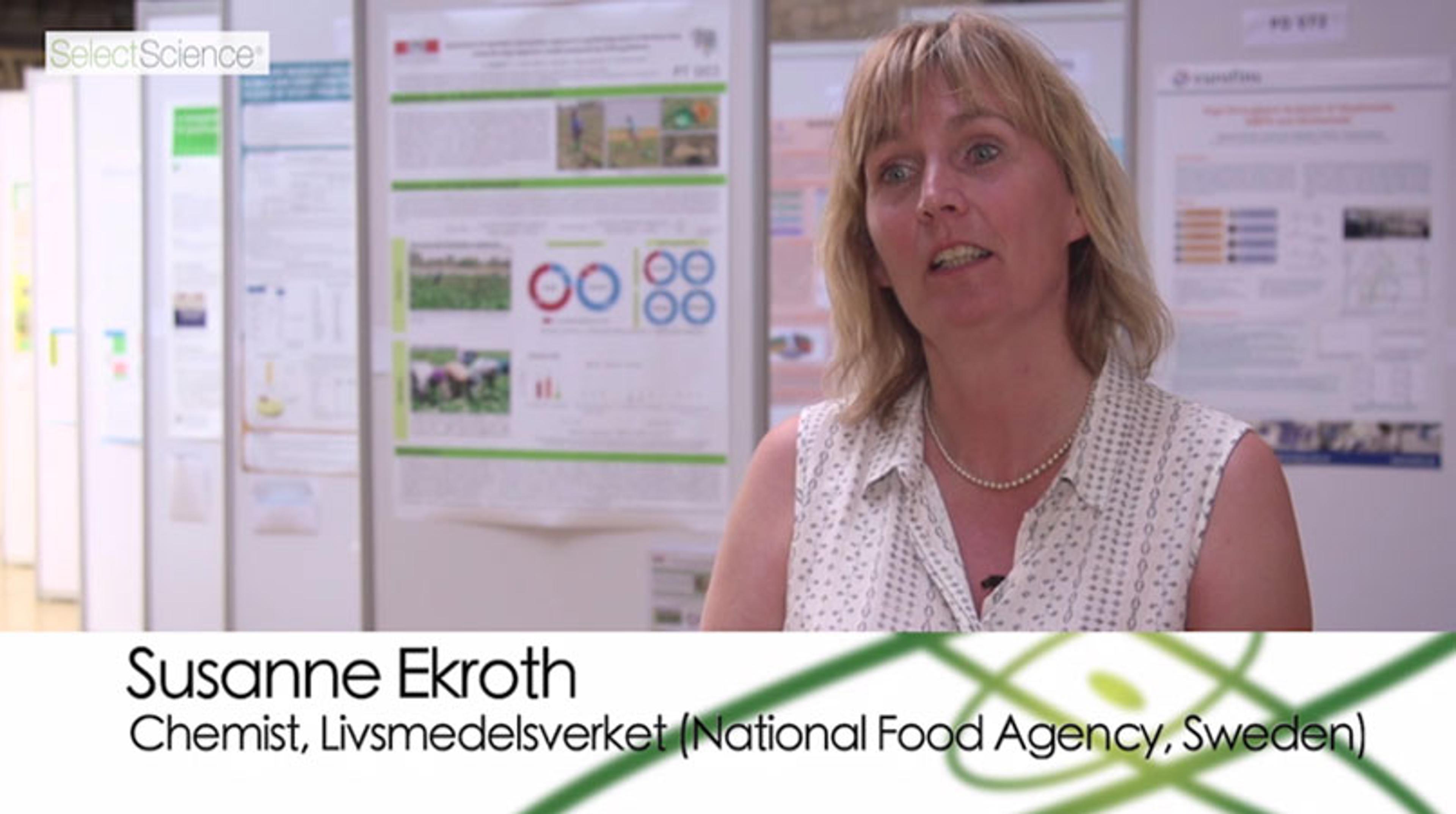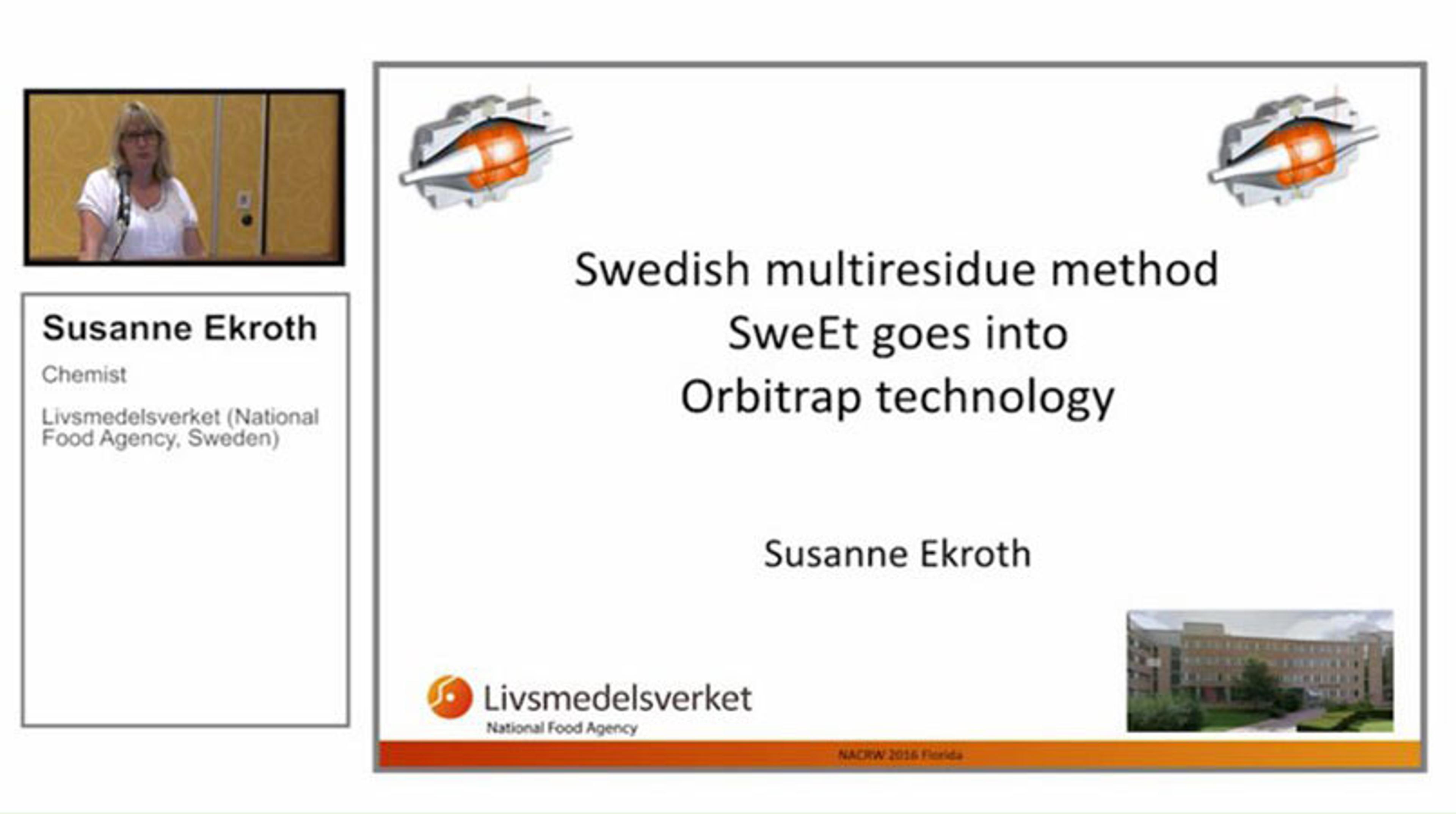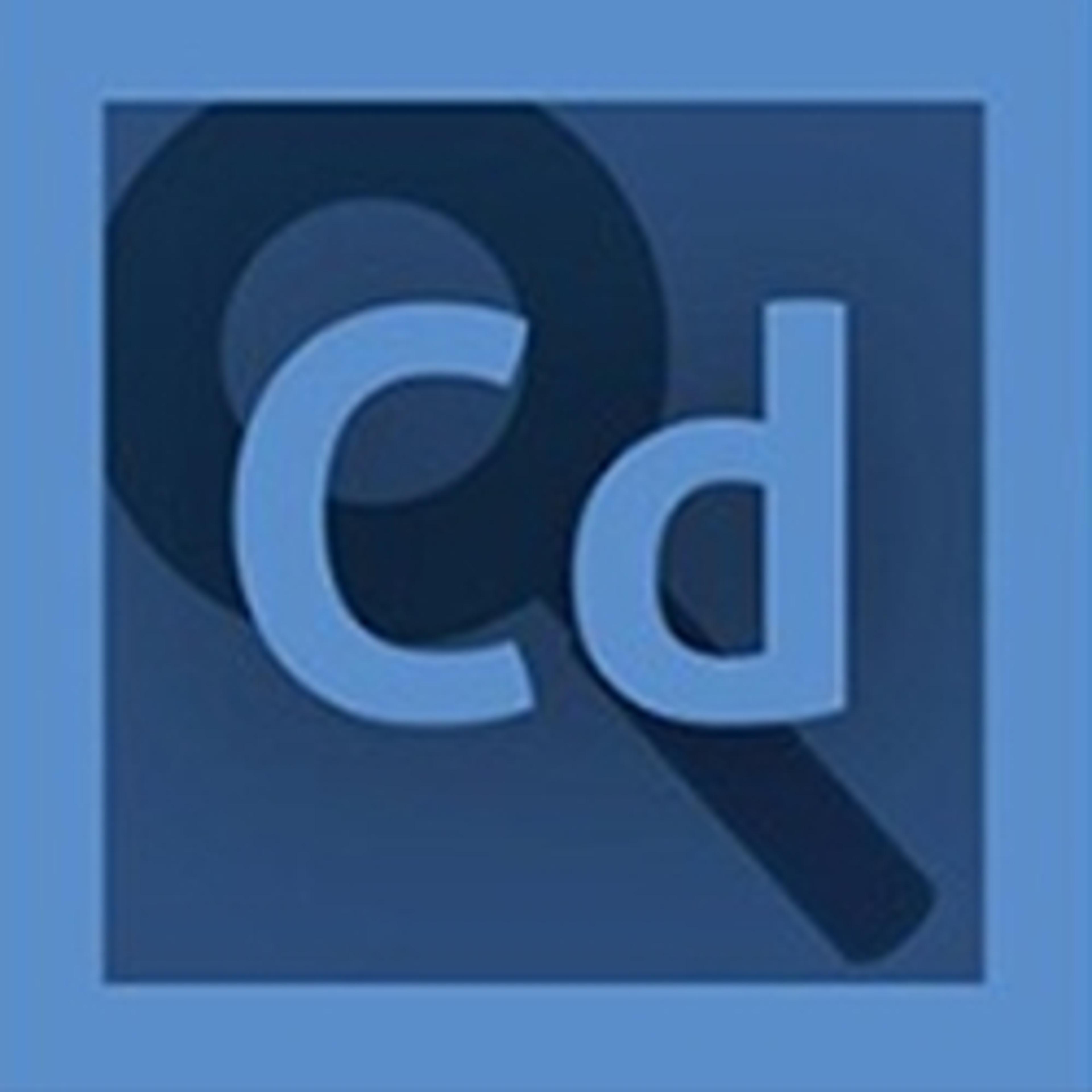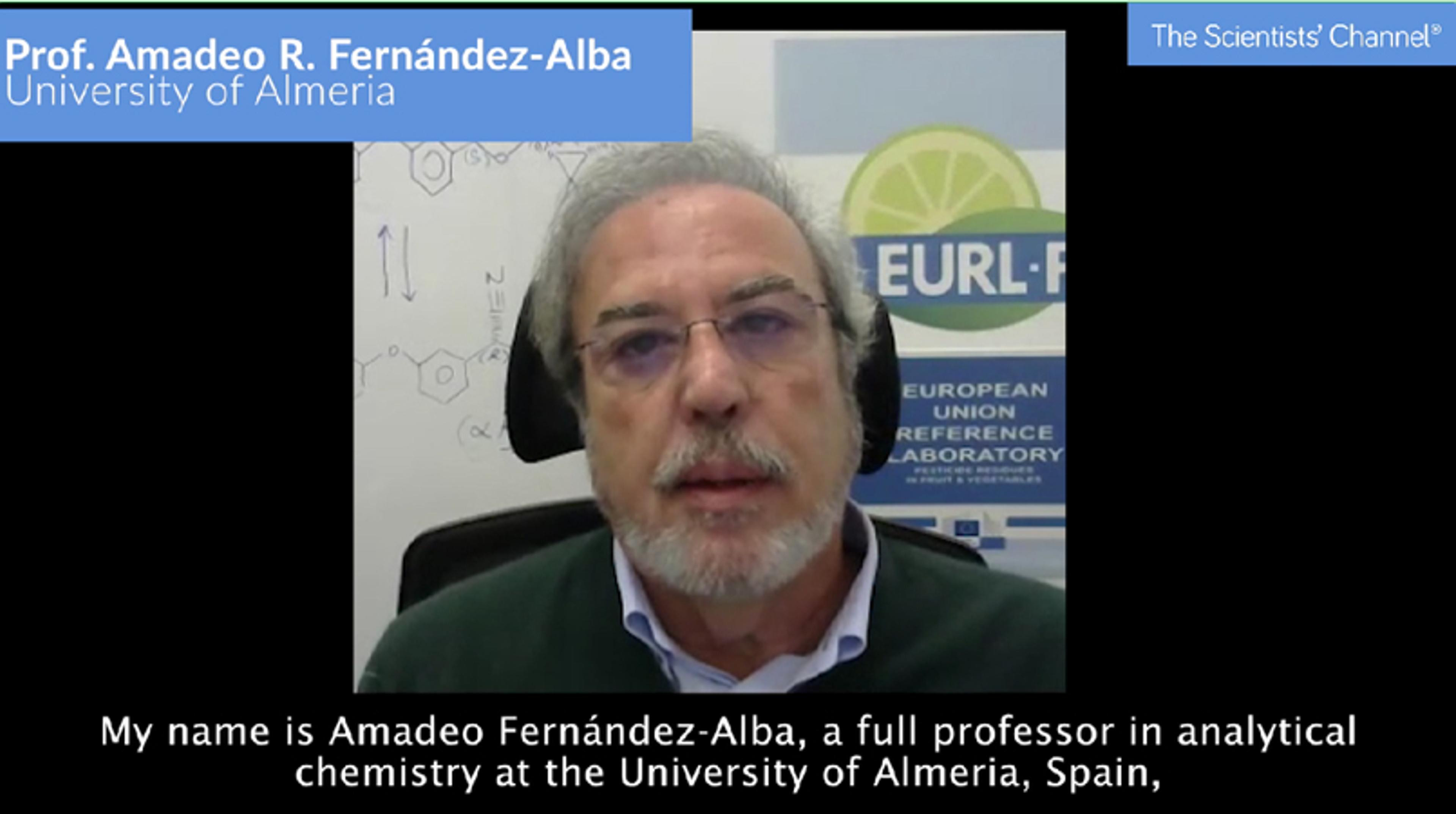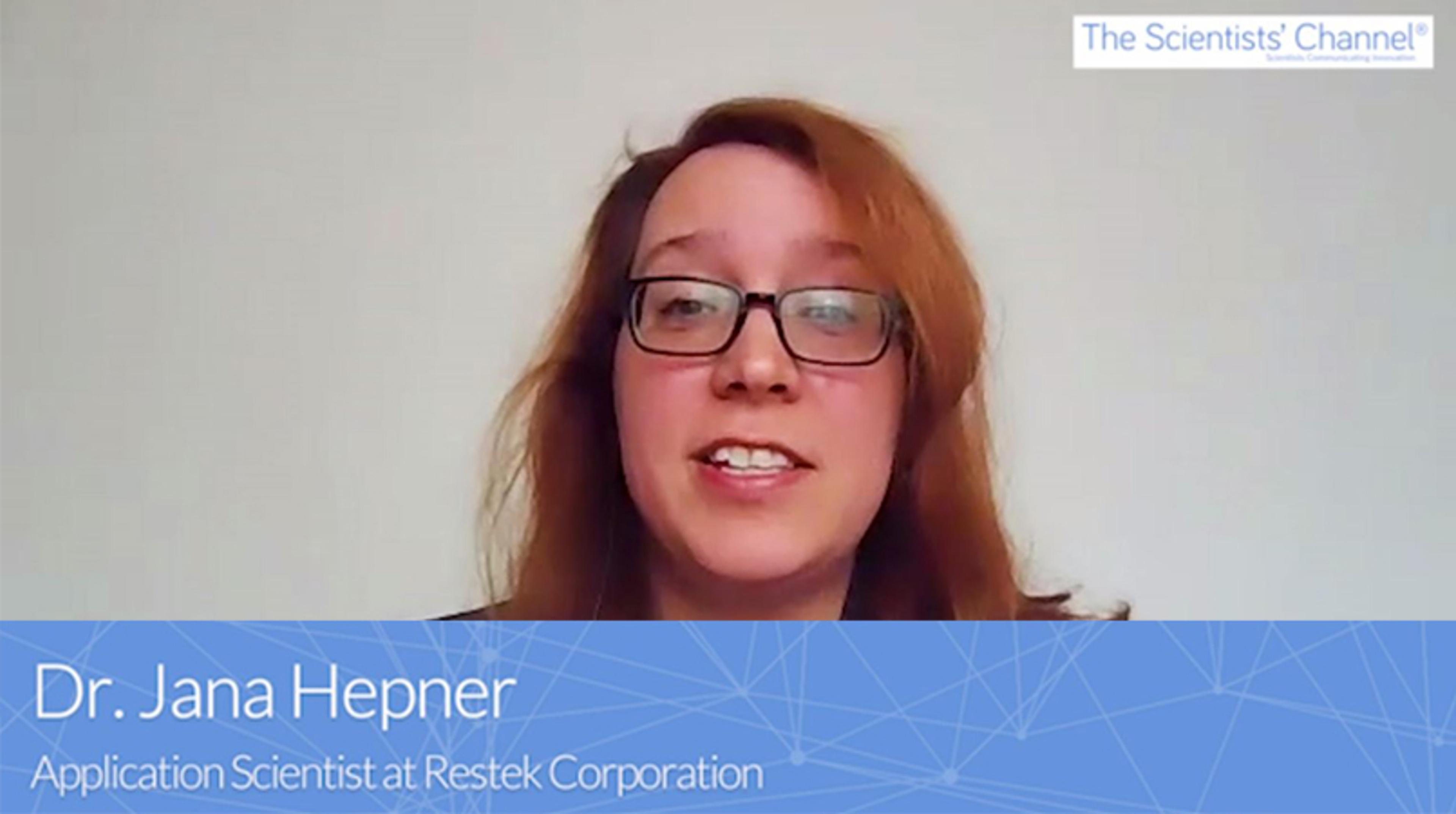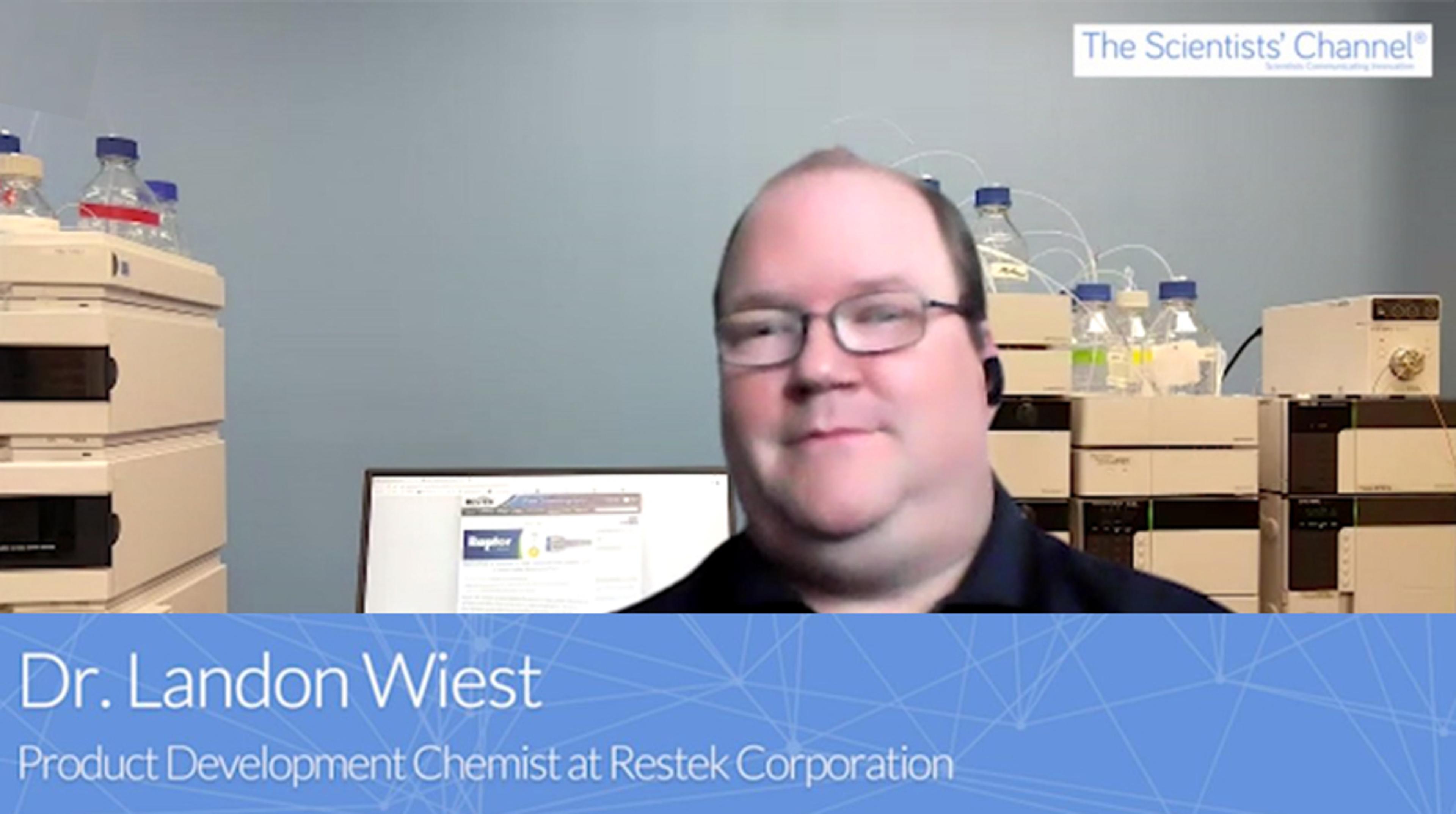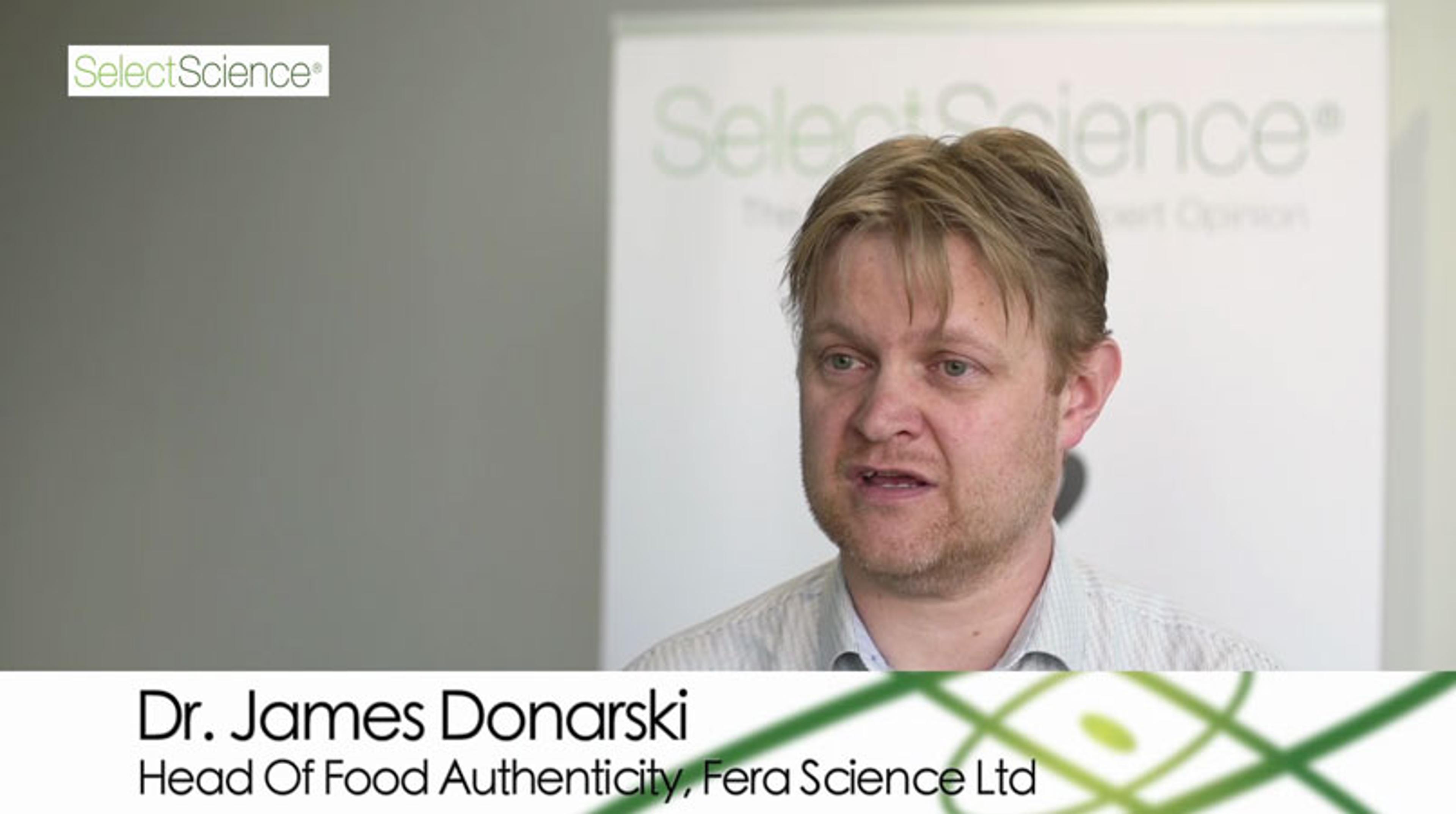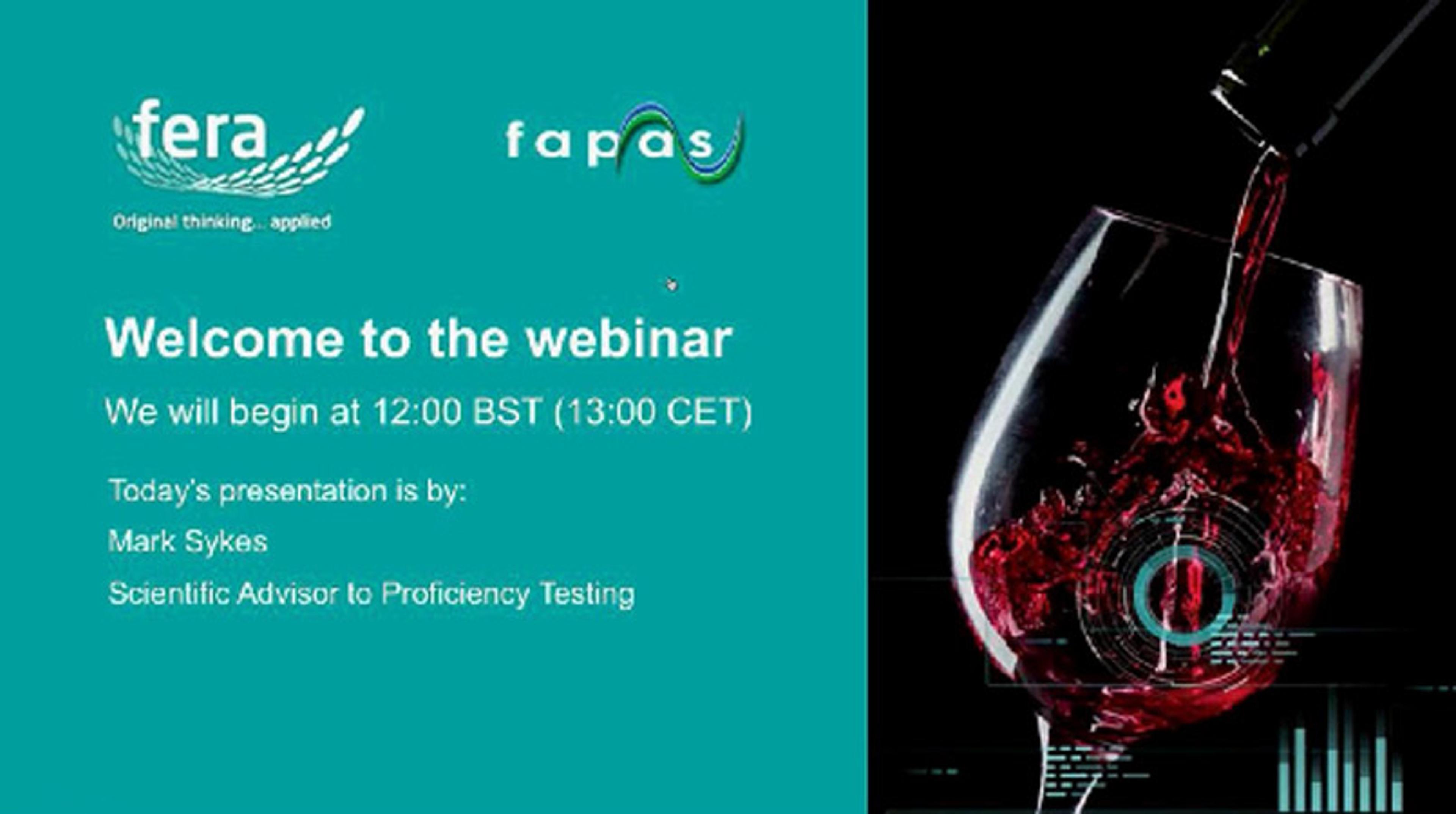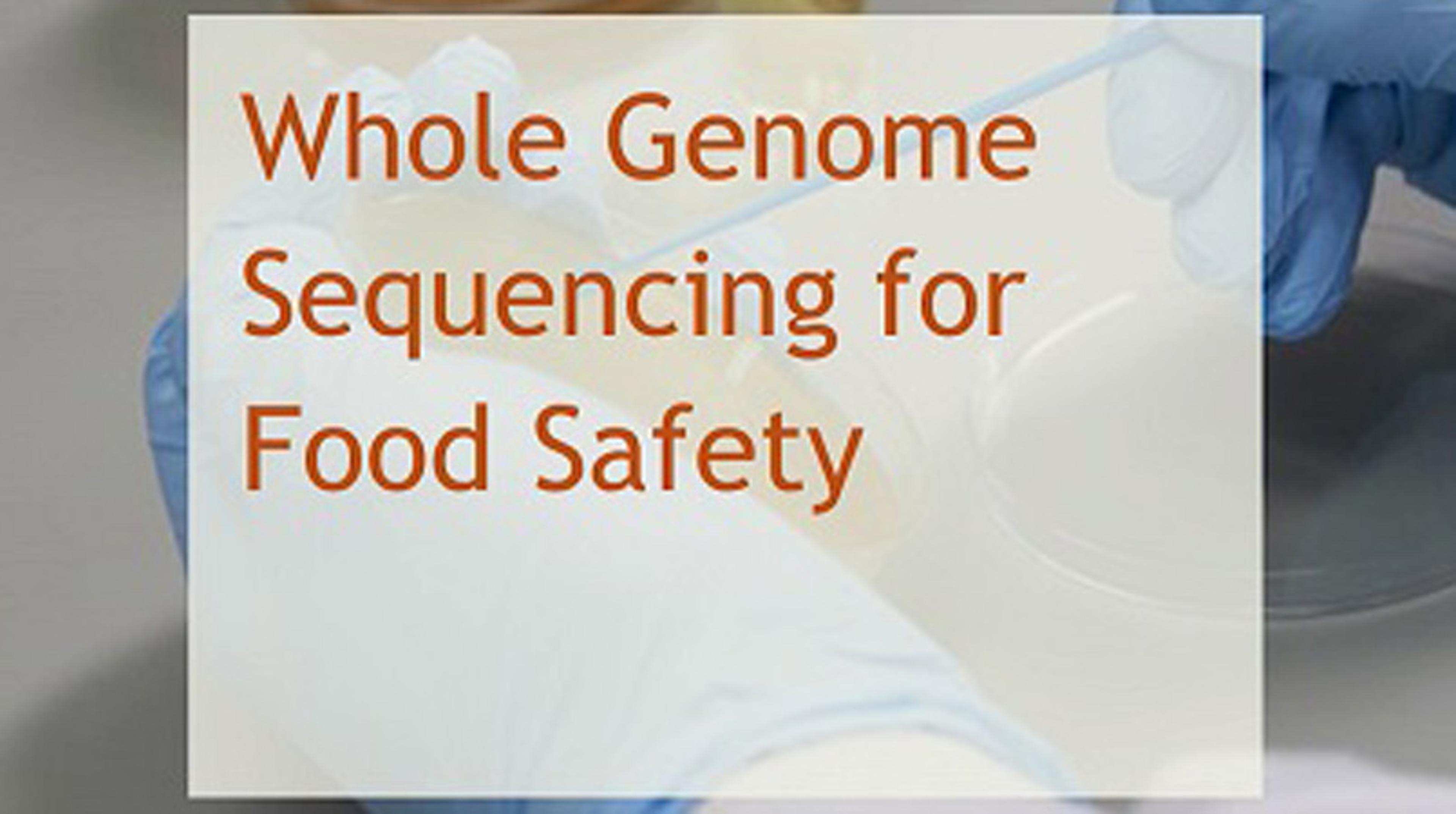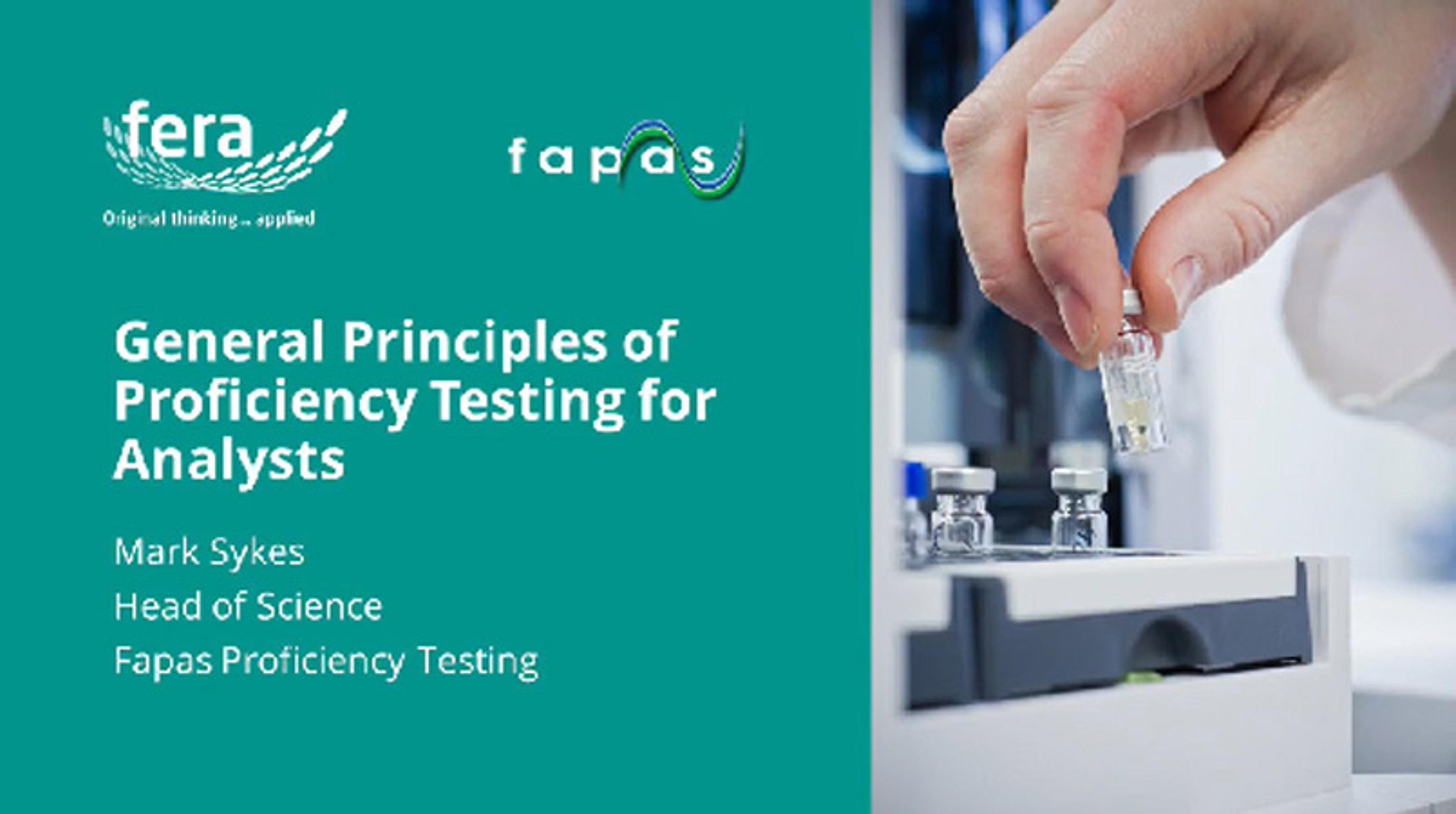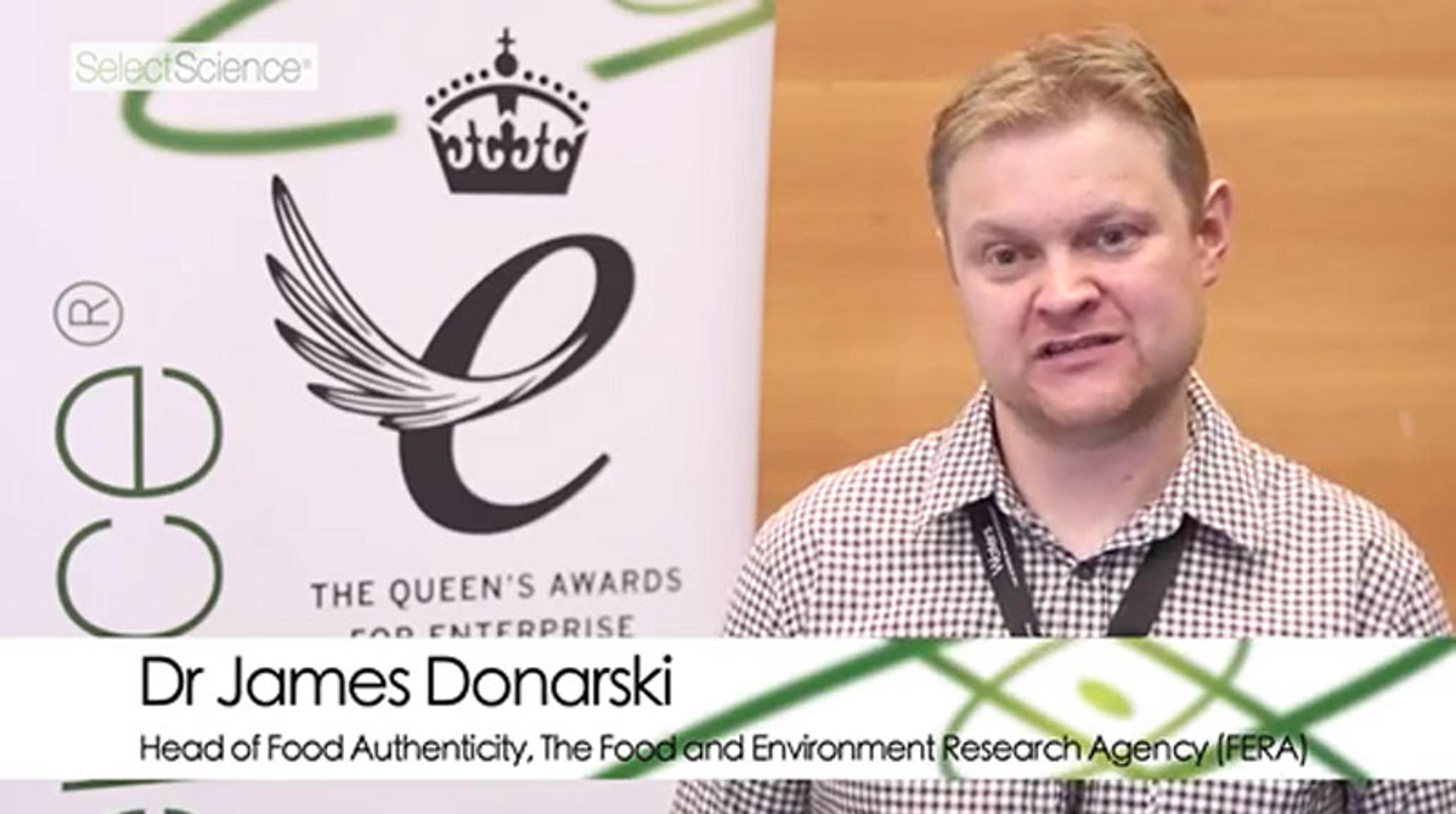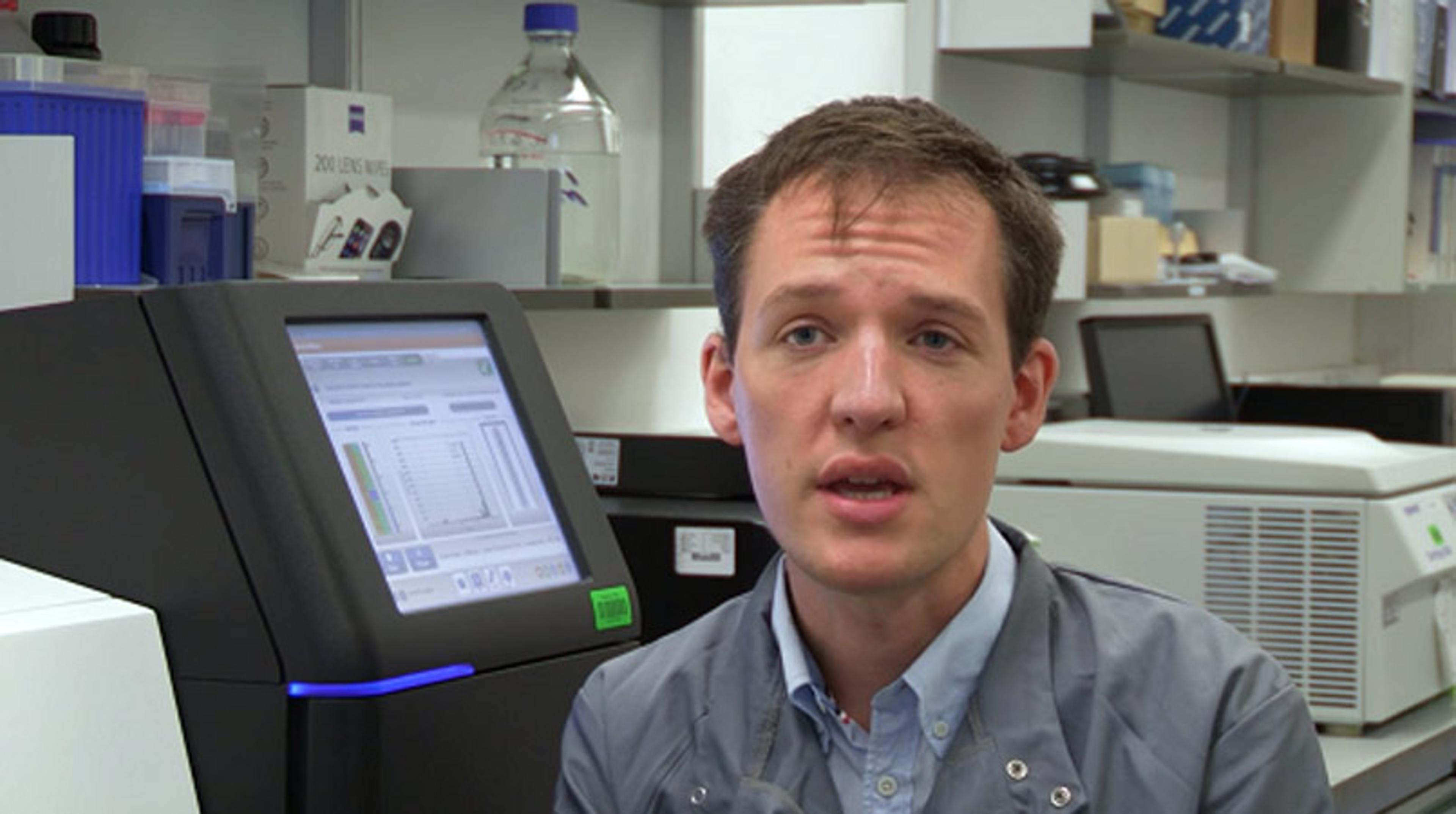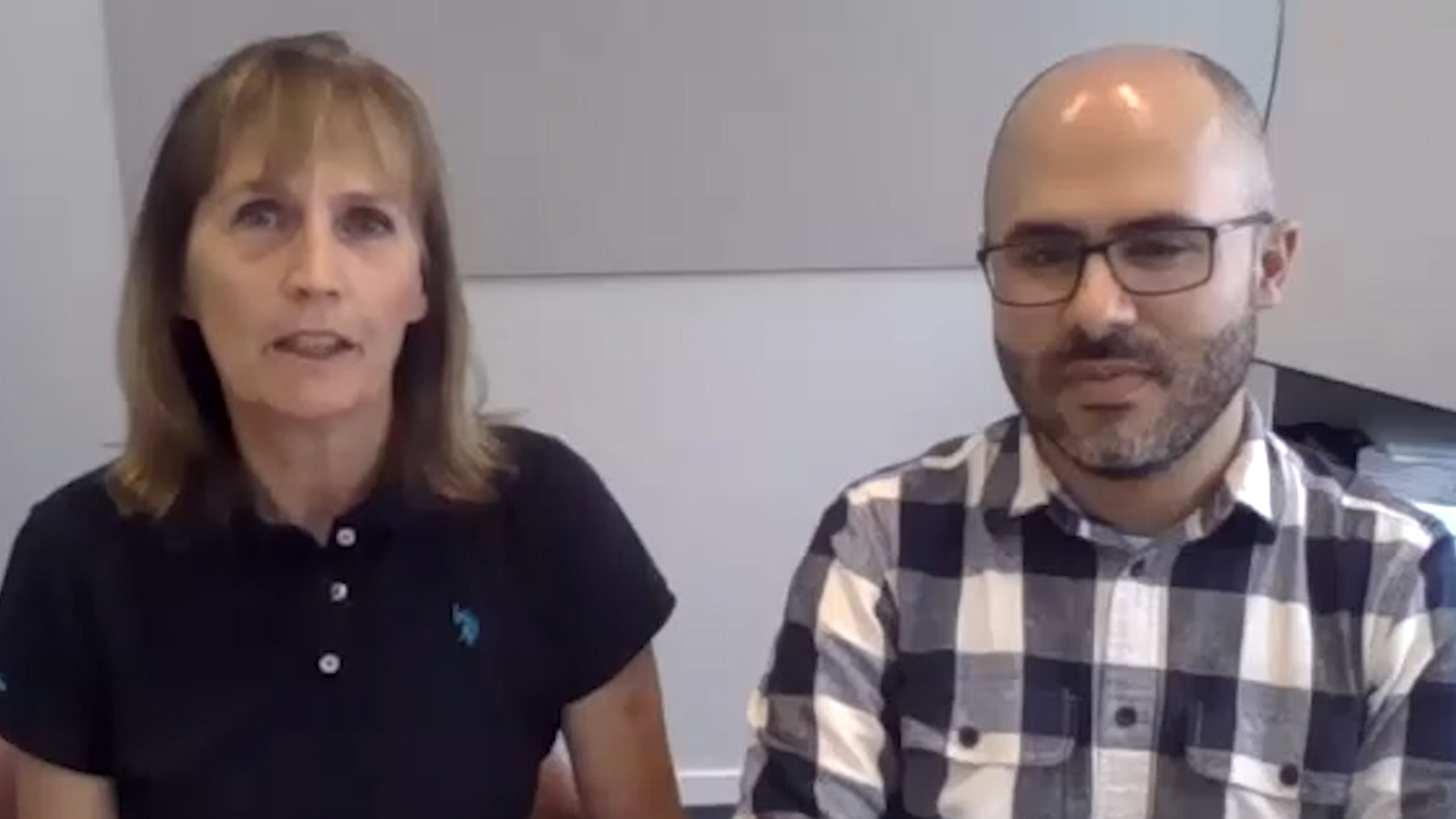
As a governmental control authority, the Swedish Food Agency has a broad range of methods available for analyzing contaminants in food. However, highly complex contaminant matrices, such as ochratoxin A and acrylamide, are traditionally monitored using single-residue methods. The potential to develop a new, advanced approach that can cover several different contaminants in a single analysis is therefore very appealing. In this expert interview, Susanne Ekroth and Julio Espana discuss their latest project identifying potentially harmful contaminants in coffee, highlighting the existing challenges faced during contaminant analysis, and sharing how they were able to merge a multi-residue method with a single-residue method using innovative technology from Thermo Fisher Scientific.

